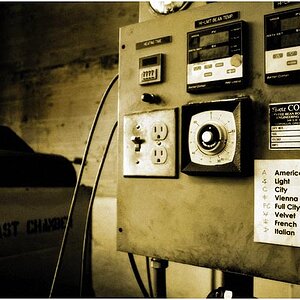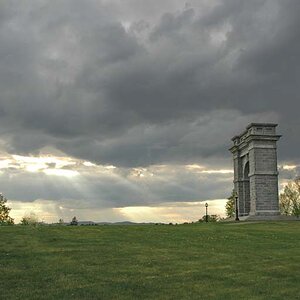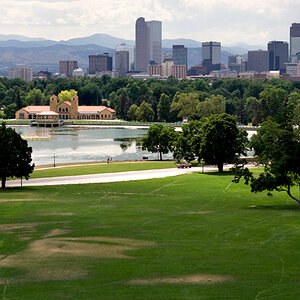JamesMason
TPF Noob!
- Joined
- Aug 20, 2009
- Messages
- 532
- Reaction score
- 0
- Location
- Nottingham
- Can others edit my Photos
- Photos NOT OK to edit
the 1.8 aint "cheap" glass in the sense of "cheap" Its just good vaule
Well. The fast glass and quality images you can get out of the 1.8 doesn't make it appear as cheap. However it does have a cheap plastic body and absolutely no weather resistance and does feel very cheap.
were you talking about the g ?



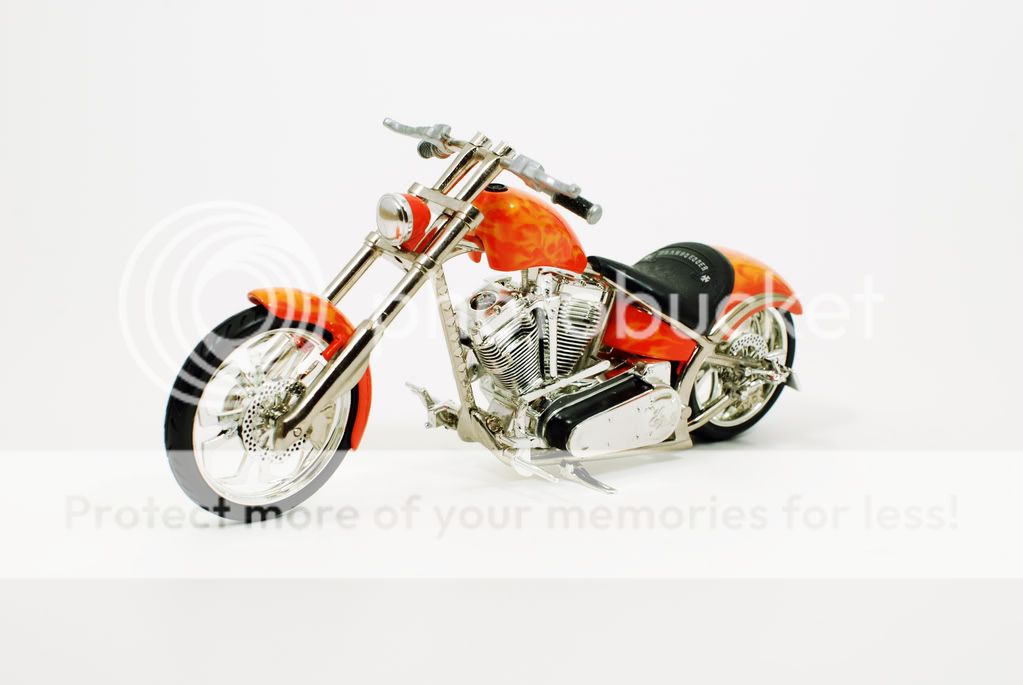

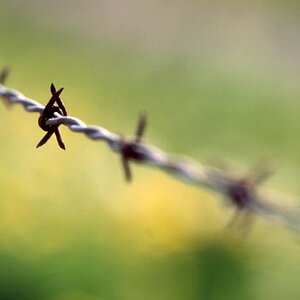
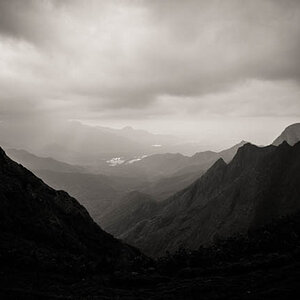
![[No title]](/data/xfmg/thumbnail/34/34041-c8aed4d2c55b167d1ec03d9cfbaca453.jpg?1619736250)
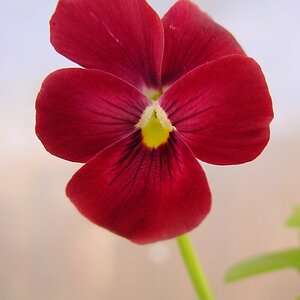
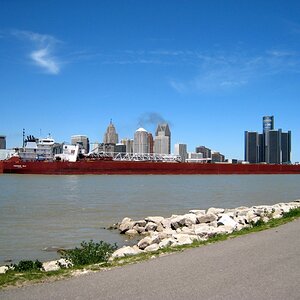
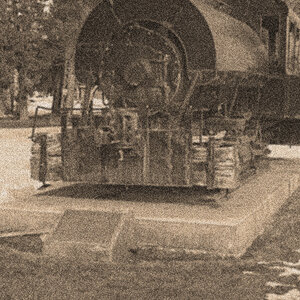

![[No title]](/data/xfmg/thumbnail/34/34039-a3bf38301d5ee5f8b658c43a86558500.jpg?1619736250)
